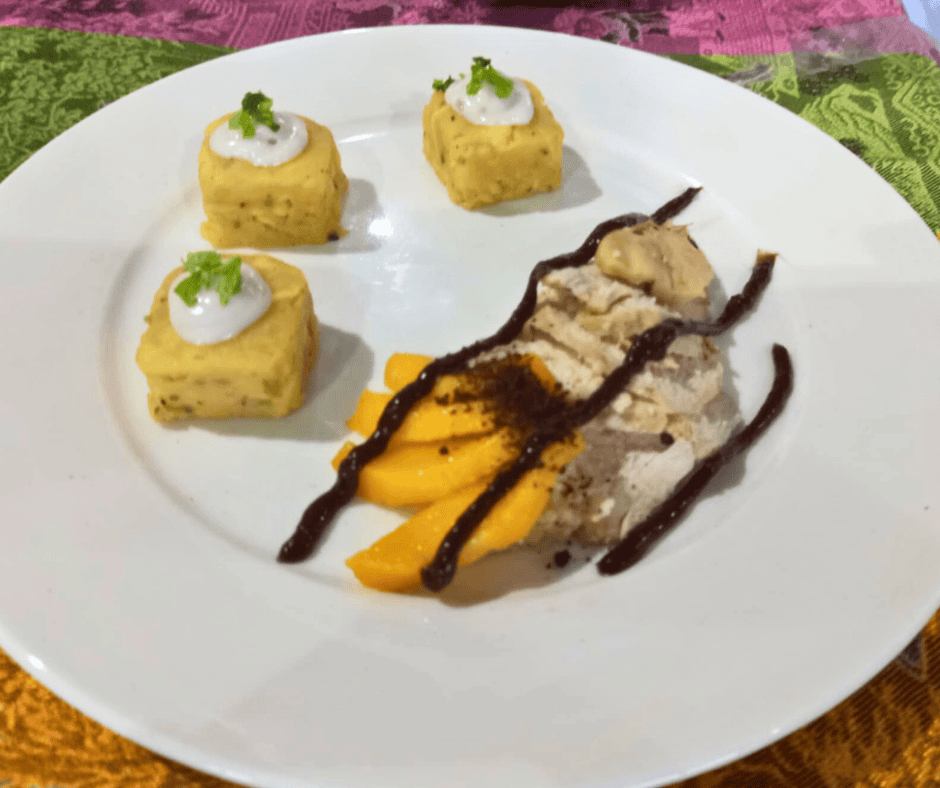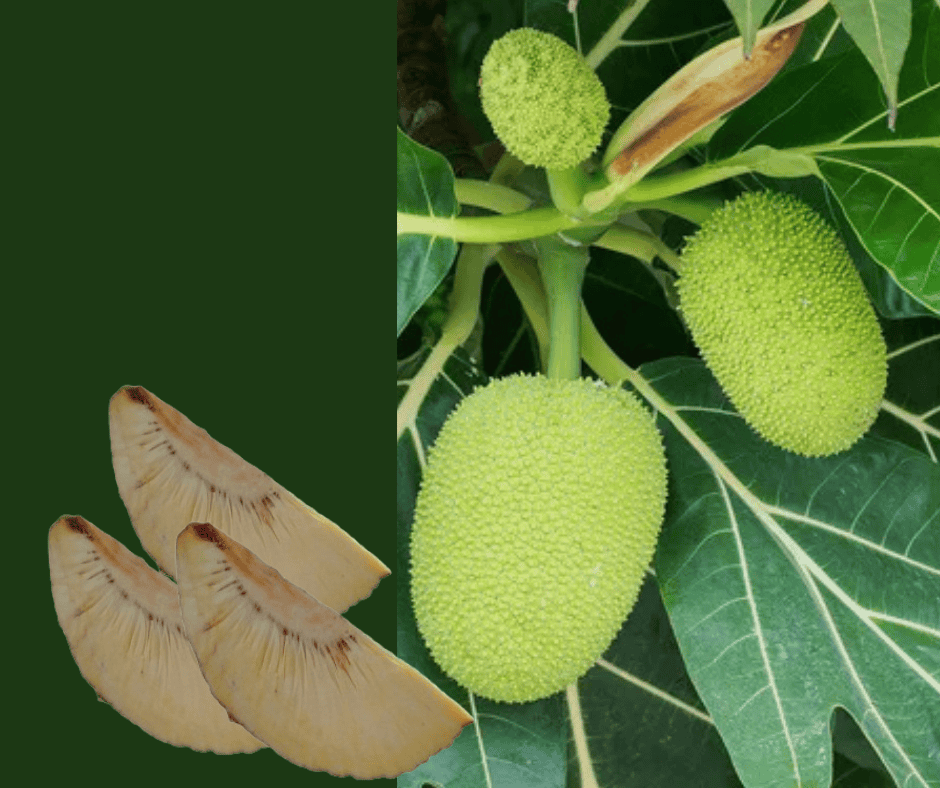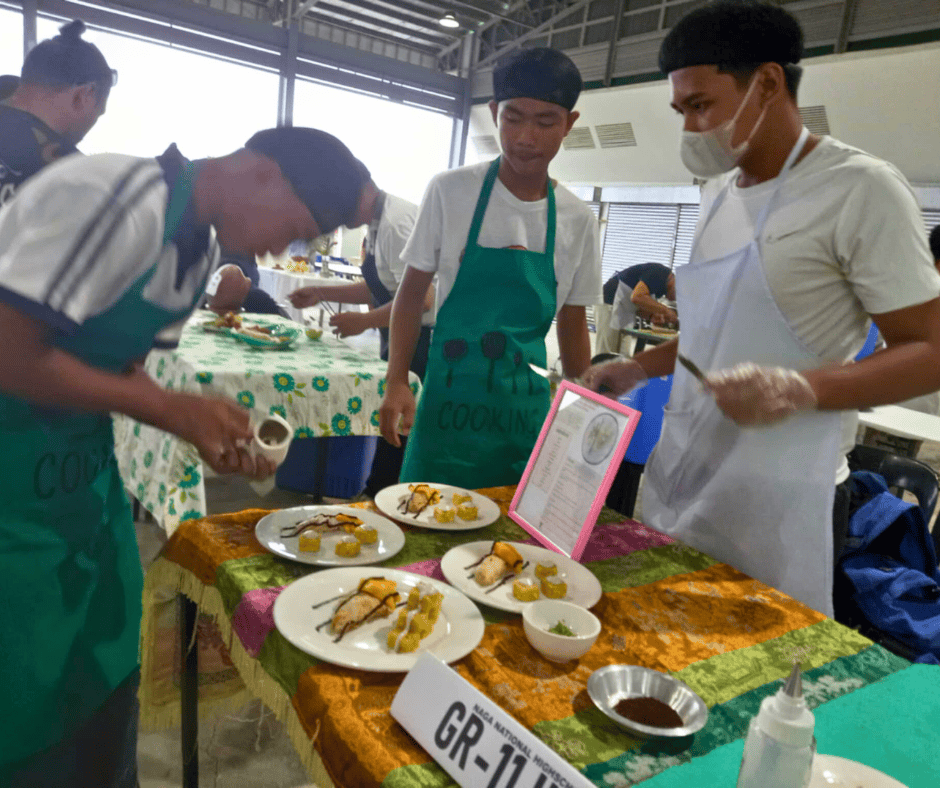While not a fix-all, breadfruit can contribute to broader efforts in diversifying food sources.
ALBAY — Breadfruit made a comeback at this year’s Patiribayan sa Pagluto sa Coron, a cooking competition in Tiwi, Albay that celebrates local culinary traditions and pottery heritage.
“The goal is to raise awareness about breadfruit as a low-maintenance, year-round carbohydrate source,” said Raymond Bobiles, Senior High School teacher at Naga National High School (NNHS). Under his mentorship, NNHS students once again featured breadfruit as a rice alternative.

Though they didn’t win the grand prize this time, their message was clear: breadfruit deserves a place on the Filipino table.
What is breadfruit?
Locally known as rimas or kulo/kolo, breadfruit belongs to the Moraceae family, alongside jackfruit and mulberries. It’s often confused with kamansi (breadnut), its wild, seeded ancestor. Cultivated for centuries across the Pacific, breadfruit was bred to reduce seeds and increase edible flesh. Its name comes from its soft, bread-like texture when cooked.

While rice remains the staple, breadfruit offers a fiber-rich, micronutrient-dense alternative that complements it nutritionally. “It can be used as a rice extender,” Bobiles explained. “That may imply limited resources, but it shouldn’t stop us from promoting kulo as a staple.”
“With creativity, we can turn kulo into gourmet dishes. People now value taste and variety over status,” he added.
From tradition to innovation
Traditionally boiled or fried, breadfruit is now being reimagined in schools. At Cebu Technological University, it’s used in cookies and pastries as a flour substitute–an innovation that not only extends shelf life but also supports eco-friendly farming practices. Breadfruit promotes farming that’s vital in the climate crisis by providing shade, conserving water, and improving soil.
The key is transforming it into market-ready products,” Bobiles emphasized, adding that local agriculture units have a role in supporting responsible runner (supang) distribution.

Joanne Bonavente, a Home Economics teacher at NNHS, shared that one of her students eats breadfruit at home, often cooked in coconut milk or sometimes wrapped as lumpia. As their class adviser, she’s thrilled to see them innovating with local ingredients.
Toward food diversification
A 2022 Indonesian study highlighted breadfruit’s role in diversifying diets in rice-reliant communities, noting its use in both food and industry. It emphasized that success depends on strong policies and active community support.
Meanwhile, the 2023 National Nutrition Survey revealed that rice accounts for about 50 percent of Filipinos’ energy intake, far beyond healthy levels. This trend, shaped by factors like time, budget, and environment, underscores the need to explore other carbohydrate-rich options such as whole grains and root crops.
Bobiles echoed this: We need an information campaign to promote food diversification, not just in meals, but as sustainable crops that support local agriculture. | Story by Mavic Conde
